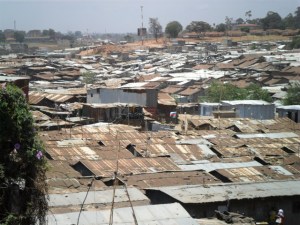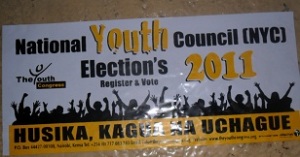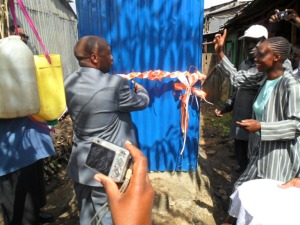In the last two months we have been actively involved in mapping water and sanitation, open defecation areas and open drainages in Mathare number 10, Thayu, Mabatini, Mashimoni and later in the rest of Mathare. During this process I was surprised to see people shitting in an open ground, not worrying about people watching them.
Children in Mathare lack playing grounds and recreational facilities. This is because a lot of free space is being used by open defecation areas therefore forcing the children to play near roads which often leads to accidents.
I was touched by what I saw during mapping process. Because of it I started my own investigation. I wanted to find out why people still perform open defecation instead of using the toilets, which were built, at a very high cost, by the NGO’s and the government through community development fund (CDF).
Here are my findings:
- Maintenance Cost: For the use of a toilet in Mathare 10 one needs to pay five or three shillings daily or a monthly fee. If one doesn’t or can’t pay he/she must look for other alternatives – like using open defecation areas or flying toilets which are scattered allover Mathare.
- Poor housing facilities: Most houses in Mathare 10, Mabatini, Mashimoni and Thayu lack toilets inside, forcing people to use flying toilets or open defecation areas
- Poverty
- Lack of awareness to proper hygiene and sanitation
Nowadays toilets are being constructed allover in Mathare. The area leaders have put out a request to the government and NGO’s involved in construction of new toilets, to train community members on importance of clean sanitation and hygiene.
– Javin








